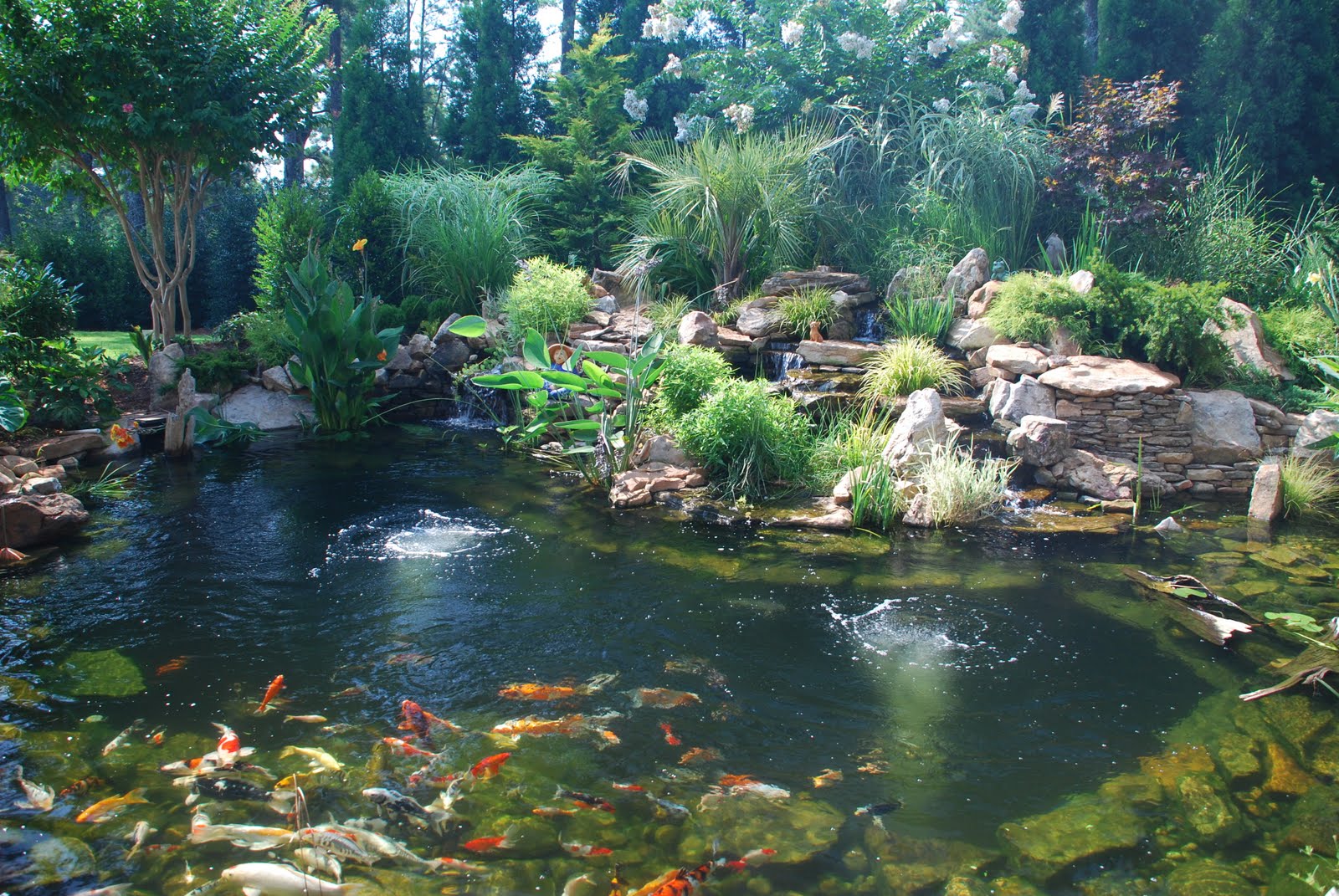
Koi Pond Plumbing: A Comprehensive Guide to Design and Installation
Introduction
Koi ponds are becoming increasingly popular among homeowners who want to add a touch of elegance to their garden or backyard. But to maintain a healthy and beautiful pond that can support the vibrant colors and patterns of koi fish, proper plumbing is crucial. Plumbing for a koi pond involves much more than simply connecting pipes. It requires careful design and installation to ensure efficient water circulation, proper filtration, and ideal water flow. In this comprehensive guide, we will explore the essential elements of plumbing for a koi pond, including design considerations, installation tips, and maintenance guidelines.
Designing the Plumbing System
Before installing the plumbing system, you need to consider the size and design of your koi pond. The system must be sized appropriately to handle the gallons of water in the pond. The number, size, and type of filtration components will also depend on the pond size and the number of koi fish. A plumbing system for a large koi pond with multiple fish will have different requirements than a system for a smaller pond with just a few fish.
When designing the plumbing system, you need to focus on the water circulation and flow. The water must circulate effectively for the filtration system to work efficiently. The plumbing design must also ensure that the water flows uniformly throughout the pond to avoid dead spots or stagnant water.
Selecting the Plumbing Components
The plumbing system for a koi pond typically includes pipes, valves, connectors, and fittings. These components come in different materials, such as PVC, CPVC, copper, or stainless steel. When selecting the components, you need to consider factors such as durability, chemical resistance, and ease of installation and maintenance.
For koi pond plumbing, PVC pipes and fittings are the most common choice due to their affordability, lightweight, and resistance to corrosion, chemicals, and UV rays. CPVC pipes and fittings are also a good option because they have higher temperature and pressure tolerance than PVC, but they are more expensive. Copper and stainless steel pipes and fittings are more durable, but they are also more expensive and difficult to install.
Installing the Plumbing System
Once you have designed the plumbing system and selected the components, you can start the installation process. The first step is to dig a trench for the main drain and pipeline that will lead to the filtration system. You may need to use a backhoe or other heavy equipment for this task, depending on the size and depth of the pond.
Next, you need to install the main drain and pipeline, connect them to the filtration system, and add the skimmer and pump. You should install a gate valve or ball valve at the entry point of the tank to control the water flow. You also need to install return pipe or pipes to distribute the water back into the pond from the filtration system. The return pipes should have adjustable valves or nozzles to control the flow and direction of the water.

Maintaining the Plumbing System
Once the plumbing system is installed, you need to maintain it regularly to ensure optimal performance. You should check the pipes, valves, and connectors for leaks, cracks, or corrosion. You should also clean the skimmer, filter, and pump regularly to remove debris, algae, and other contaminants. Depending on the type of filter media you use, you may need to replace or clean it periodically to maintain its effectiveness.
You should also monitor the water quality regularly using a water testing kit. This will help you detect any imbalances or issues with the water chemistry, such as high or low pH, ammonia, nitrite, or nitrate levels, or inadequate oxygenation. You can then take corrective actions, such as adding beneficial bacteria, adjusting the pH, or installing an aerator or air stone.

Conclusion
Plumbing is an essential component of a koi pond that can make or break its health and beauty. By following the design, installation, and maintenance guidelines in this guide, you can ensure that your koi pond plumbing system is efficient, effective, and long-lasting. Remember to always use high-quality components, hire a professional plumber if necessary, and monitor the water quality regularly. With the right plumbing system, you can enjoy the mesmerizing sight of colorful koi fish swimming in crystal-clear water for years to come.